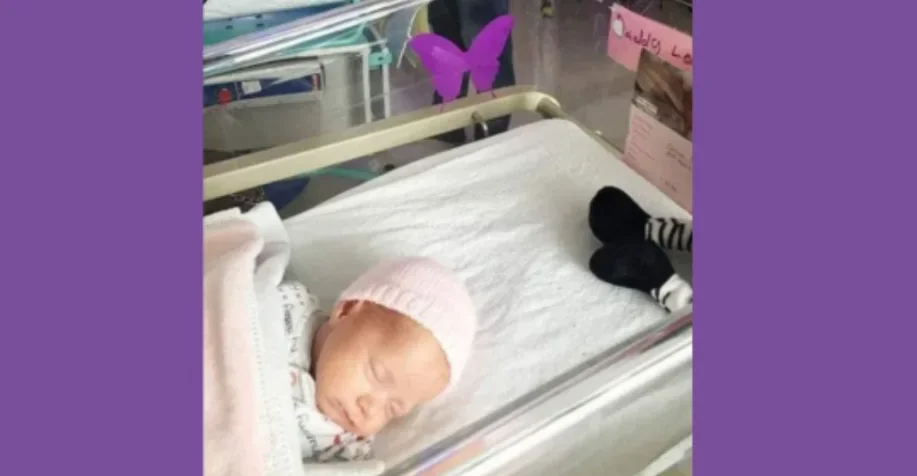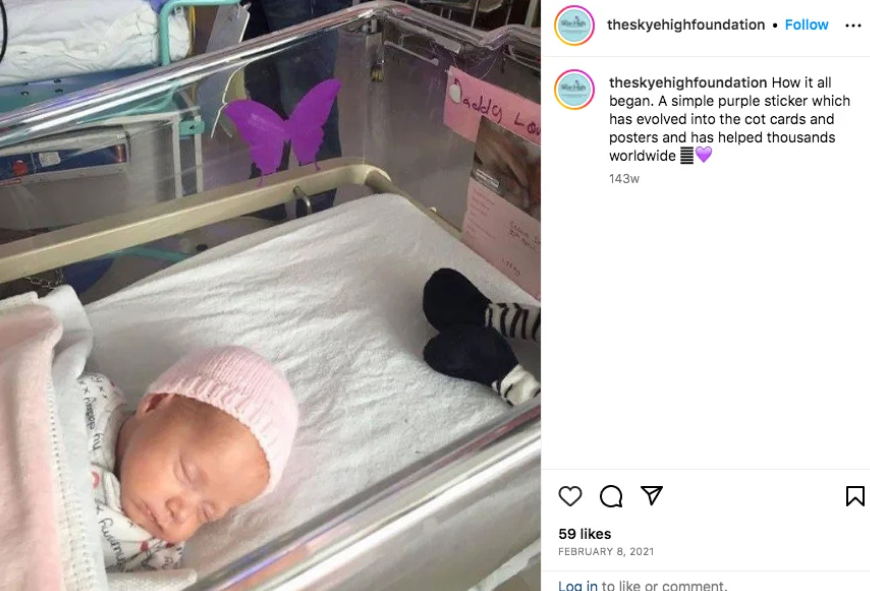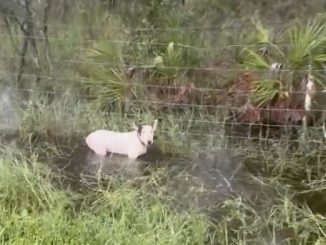
When Millie Smith and Lewis Cann found out they were expecting a baby, they were overjoyed. As there was a history of twins in Millie’s family, she had a strong feeling that she was going to give birth to two little ones, and her instincts were right. The ultrasound confirmed that she was indeed expecting twins, but the doctors told them that one of the babies had a very small chance of survival.
ragically, one of their daughters was born at 30 weeks with anencephaly, a serious condition that affects the development of the brain and spinal cord. They learned that their precious baby had only moments or hours to live.
Knowing this, Millie and Lewis wanted to give her a name before they said goodbye. They chose the name Skye. Millie explained: “We felt she needed a name before she arrived. Knowing she wouldn’t be with us for long, I wanted her to have a name in those fleeting moments”.
The name “Skye” symbolized a connection to a place they could always remember when they looked up to the sky. “We held Skye close as she died. It was the most heartbreaking moment of our lives, but I’m proud that she fought to spend that time with us.” Skye only lived for three hours, a brief time filled with love while her parents cherished her beauty and presence.

After her death, Millie and Lewis were supported by a “bereavement midwife” and given access to a “Daisy Room”, a special room where parents could spend time with their baby before and after death. However, after Skye was gone, her memory seemed to fade; no one spoke of her, leaving Millie feeling like her daughter had never existed, which made her angry.
“Most of the nurses knew what had happened, but as the weeks went by, people stopped mentioning Skye. Other families around me had no idea about our loss”, Millie recalls.

While her other daughter, Callie, was still in the NICU, another mother who knew nothing about Millie’s situation remarked how lucky she was not to have twins. “None of the other parents knew about Skye, and that innocent comment almost broke me. I left the room in tears but didn’t have the heart to explain”, Millie said. “A simple sticker could have prevented this.”
This experience inspired Millie to design a sticker for incubators to mark the loss of one or more babies in a multiple birth. She chose butterflies to symbolise the ‘flown away’ babies and used the colour purple, which is suitable for any gender.
From this idea grew the Skye High Foundation, which promotes the Purple Butterflies initiative and helps raise awareness in hospitals around the world. The foundation also offers a range of purple butterfly merchandise.
“Although I can’t prevent these situations from occurring, I believe the more support we can provide through initiatives like the stickers, the better it will be for others who suffer this loss. It’s an incredibly tough journey”, said Millie. Today, her surviving daughter Callie is seven years old.
Student Choir Sings Emotional Goodbye Song After Pilot’s Last Flight

Captain Ronald Smith, a pilot with United Airlines, embarked on his final flight in 2017, concluding a remarkable 32-year career. The flight, taking off from Chicago to Brussels, was set to be an unforgettable journey, not just for Captain Smith but for everyone on board.
On this last flight, Captain Smith’s retirement became known to a group of young travelers, members of a choir from the Lycée des Garçons d’Esch-sur-Alzette in Luxembourg. Learning about this special occasion, they spontaneously decided to honor the captain in their unique way.
After the plane landed, these thoughtful students patiently waited for other passengers to disembark and for Captain Smith to emerge from the cockpit. As he appeared, they began a beautiful acapella rendition of Coldplay’s “Viva La Vida.” Nicolas, one of the students, captured this heartwarming performance on video. The choir’s voices resonated through the cabin, creating an incredibly touching and memorable moment for Captain Smith.
Watch the video below to witness the choir’s beautiful tribute to Captain Ronald Smith on his last flight, a heartwarming serenade that beautifully marked the end of his distinguished career.



Leave a Reply